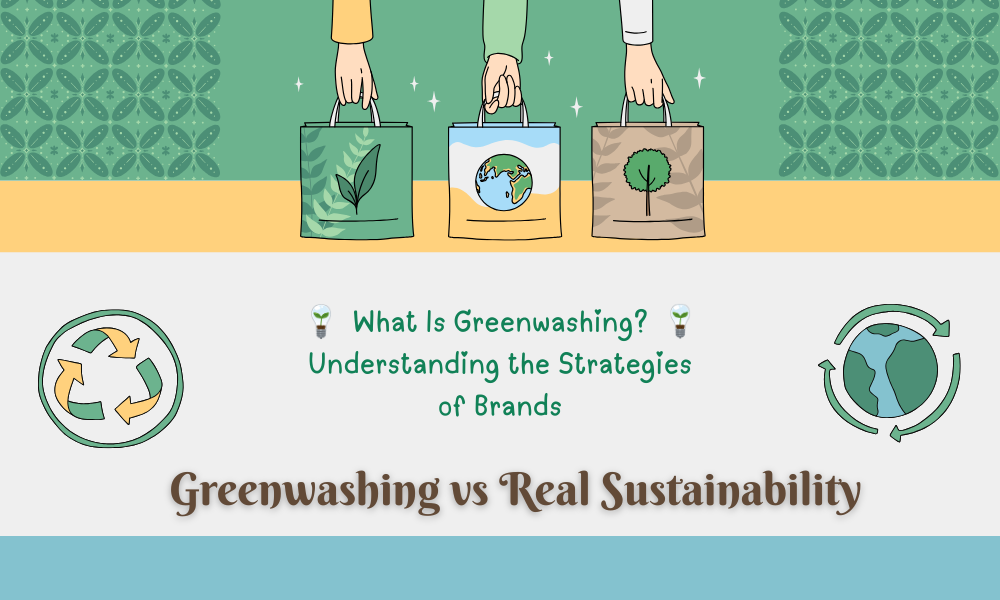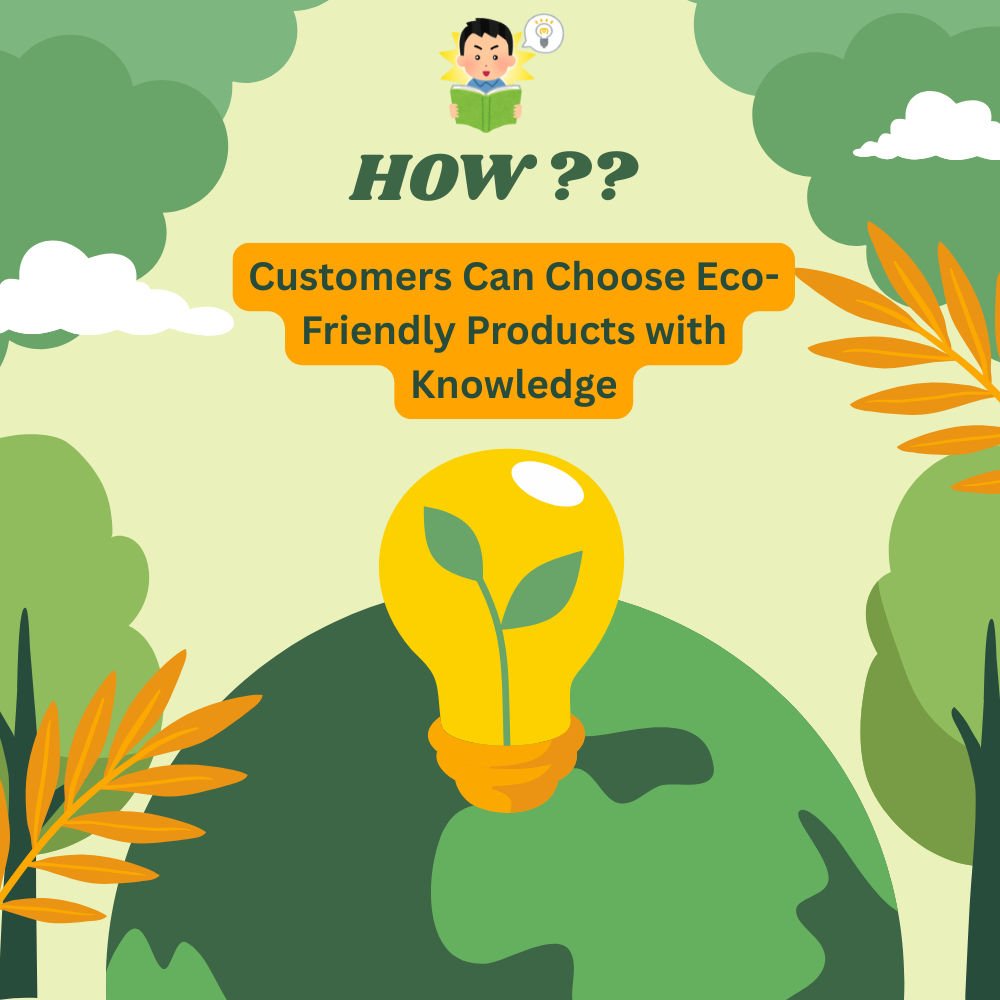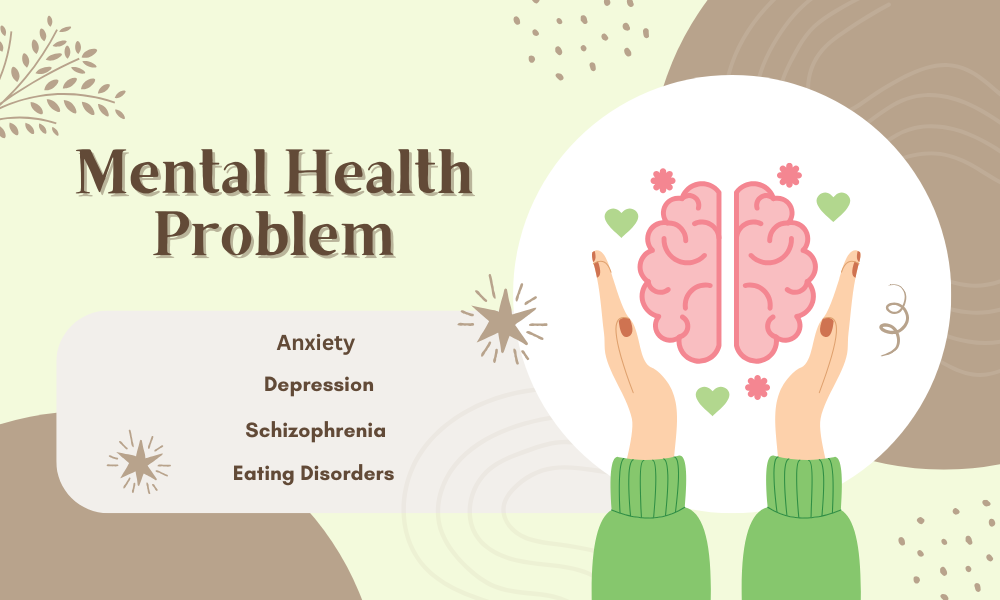Greenwashing vs Real Sustainability: How to Tell the Difference
In our environmentally aware world today, many companies talk about being “green,” but not all companies are authentic. Greenwashing—when brands provide erroneous or overstated environmental messages—has become rampant, while true sustainable companies take actionable, measurable steps to genuinely reduce their environmental impact. In this blog, we will help you differentiate between the two and provide assurances as you make more appropriate choices.

What Is Greenwashing? Understanding the Strategies of Brands
Greenwashing is a deceitful marketing practice in which companies overstate or claim that their products or practices are green or beneficial to the environment without actually doing anything to be environmentally responsible. Brands created this term to take advantage of the increasing interest in sustainable products and goods, but do not take steps to be environmentally responsible.
To look sustainable, businesses frequently use ambiguously defined eco-terms, even when they lack credible evidence or third-party clearance. Other companies utilize misleading imagery (for example, leaves, trees, earthy colors) that suggest sustainability. Sometimes, large companies advocate for their one small green initiative, ignoring all the other environmental devastation caused by their organization, a tactic called “selective disclosure.”
Typical Greenwashing Techniques Incorporate:
- Vague Claims: Using terms like “all-natural” or “clean” without offering any solid justification or supporting data.
- Irrelevant Claims: Making environmentally friendly statements that are either mandated by law or unrelated to the actual environmental impact of the product.
- Hidden Trade-Offs: Presenting a product as environmentally friendly by emphasizing one set of features (recycled packaging, for instance) while neglecting other detrimental practices (production- related carbon emissions).
- False Certifications or Badges: Putting up eco-labels without any official third-party
For example, a major clothing company might promote its new “sustainable” collection that is made from organically grown cotton, while the rest of its collection uses fast fashion brands that are destructive to the environment. This is a lack of transparency that creates the illusion that the retailer is doing the right thing and that consumers are properly informed.
Recognizing these behaviors is the first step toward being a more aware, informed consumer!
Indicators of Genuine Sustainability: What to Look for in Ethical Brands
As greenwashing increases in popularity, it is important to be able to recognize brands that truly want to make positive changes for sustainability and those that are just pretending. Ethical brands take it a step further than just a catchy phrase; they are investing in true, long-term practices that are beneficial for the environment, people, and communities.
Here are the most helpful indicators of true sustainability:
Third-party certifications: Look for reputable certifications like Fair Trade, USDA Organic, Cradle to Cradle, B Corporation, and Forest Stewardship Council (FSC); these types of labels are given by independent organizations after proper assessment of the brands’ practices.
Lifecycle assessments (LCA): LCA is a comprehensive assessment of all of the environmental effects (positive and negative) of your product starting from raw materials acquisition to disposal – brands that do LCA to analyze their product in a holistic manner demonstrate a far deeper understanding of how to reduce any harm done by their product at every stage of its production.
Transparent supply chain: Ethical brands providing transparency on where their materials come from, how their products are made, and what the people making the products are doing and where, are leading the way. They will most likely provide a sustainability report and information on factories, suppliers, or sourcing partners.
Lifecycle Assessments (LCA): From the gathering of raw materials to their final use, a lifecycle evaluation calculates a product’s overall environmental impact. Brands that conduct lifecycle assessments (LCAs) demonstrate a sincere dedication to reducing effects at every level of manufacturing.
Holistic Approach: Like-minded brands aim for total long-term viability, encompassing social responsibility, fair labor, animal protection, and environmental stewardship, rather than focusing on just one aspect of it.
For example, a green skincare company may use recyclable packaging, ethically sourced ingredients, cruelty-free practices, and fair-trade certified suppliers—all while making impact data and growth goals publicly available.
By recognizing these indicators, customers can support companies that are genuinely committed to creating a better future, rather than simply trying to enhance their image.

How Customers Can Choose Eco-Friendly Products with Knowledge
Customers must look past superficial marketing and make decisions that genuinely promote sustainability as eco-friendly shopping gains traction. Thankfully, anyone can become a more knowledgeable and ethical consumer with a little awareness and work.
Useful Advice for Smart, Sustainable Decisions:
Do Your Research: Spend a few minutes browsing the brand’s website before making a purchase. Verify environmental assessments, sourcing details, and certifications. Simple, provable information and transparency are hallmarks of a genuinely ethical enterprise.
Look for Verified Certifications: Labels such as USDA Organic, Fair Trade, B Corp, Leaping Bunny, and GOTS are trustworthy indicators of a company’s dedication to sustainable and ethical business practices. Watch out for ambiguous or fabricated logos that don’t connect to any outside verification.
Be Wary of Greenwashing Language: Avoid taking ambiguous environmental statements at face value; if they are not supported by proof, terms like “natural” or “eco-friendly” might be deceptive. What precisely qualifies this product as environmentally friendly?
Slow life entails taking more deliberate action rather than doing nothing. Benefits of Slow Living in your mood, your health, and your sense of connectedness to the world and your abilities, whether you choose to eat consciously, spend time in nature, or just choose quality over quantity.
promote Brands with Purpose: Pick companies that make investments in their communities, contribute to climate programs, or actively promote social or environmental concerns. These brands frequently put long-term effect ahead of profit.
Spend Less, Pick Better: Being environmentally conscious involves more than just selecting eco-friendly products; it also entails conscientious consumption. Prioritize quality over quantity, choose long-lasting items, and, when feasible, support minimal-waste or slow, sustainable fashion.
Conclusion
As sustainability is flying off the shelves, it’s crucial to distinguish between real, authentic efforts and simply misleading greenwashing. When consumers begin to truly understand the ethical practice, and consciously make purchasing decisions, they can begin to make significant change. Each ethically purchased item contributes to the health of the planet and financially supports more responsible businesses. It matters what you buy and how you choose to buy it.
Author’s Bio
Author Nidhi is professional content writer; she is always exciting to express thoughts & insights into wonderful words on various topics.

















